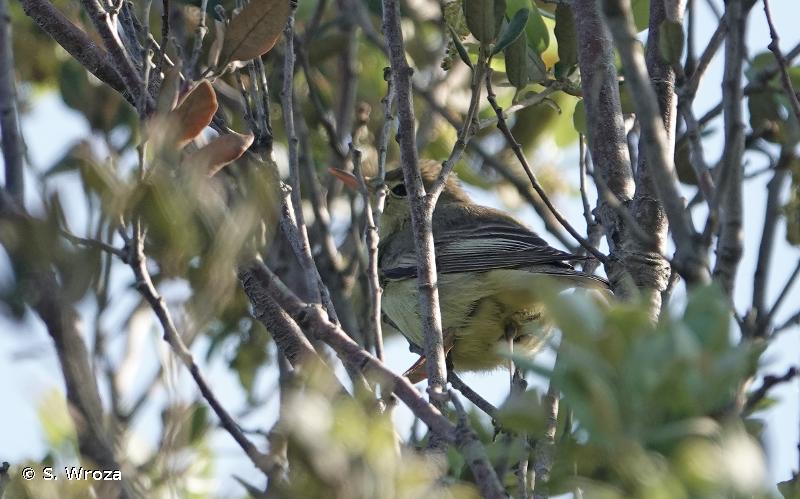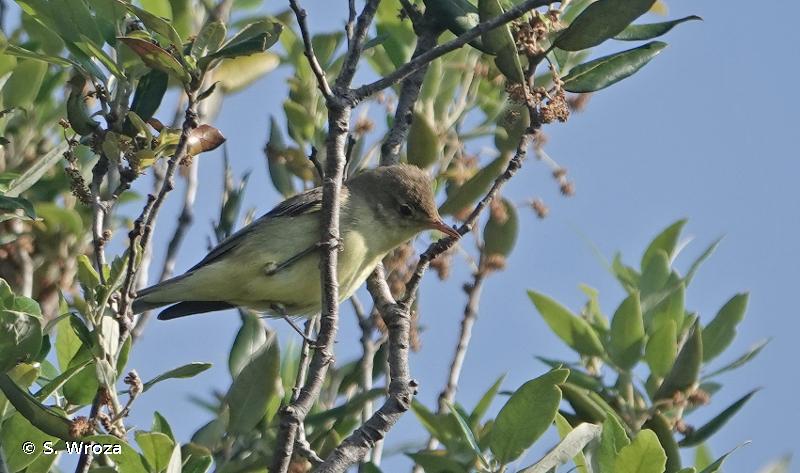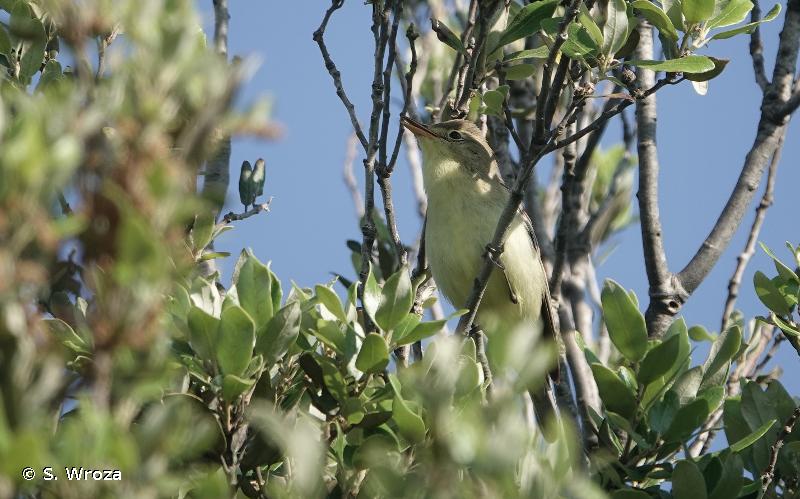
cd_nom

| Author : J.P. Siblet |
 |
To get the picture, please visit:
Jean-Philippe Siblet - Directeur
Muséum national d'Histoire naturelle - Service du Patrimoine Naturel
36 rue Geoffroy Saint-Hilaire
CP 41
75 231 PARIS CEDEX 05
e-mail : siblet@mnhn.fr
Despite the Creative Commons license, please inform the author of the use which will be made of his photo

| Author : S. Wroza |
 |
Despite the Creative Commons license, please inform the author of the use which will be made of his photo

| Author : S. Wroza |
 |
Despite the Creative Commons license, please inform the author of the use which will be made of his photo

| Author : S. Wroza |
 |
Despite the Creative Commons license, please inform the author of the use which will be made of his photo

| Author : S. Wroza |
 |
Despite the Creative Commons license, please inform the author of the use which will be made of his photo

| Author : S. Wroza |
 |
Despite the Creative Commons license, please inform the author of the use which will be made of his photo
Taille/poids :
Longueur totale : 13 à 14 cm. Poids : 10 à 21 g.
Diagnose :
Il s'agit d'un oiseau de taille modeste à l'apparence générale voisine de celle des rousserolles, avec une silhouette élancée et une tête pointue au front fuyant. La teinte générale est verdâtre pour le dessus et jaune pour le dessous. On peut de plus observer un sourcil jaune assez bref, un panneau alaire pâle et la couleur gris plomb des pattes. Le chant est extrêmement riche et diversifié, et représente l'un des meilleurs moyens d'identifier l'espèce sur le terrain.
Détermination :
Délicate.
Espèces proches :
L'identification est délicate dans la mesure où la plupart des observations sur le terrain sont furtives et où cette espèce ressemble énormément à l'Hypolaïs polyglotte Hippolais polyglotta, à tel point qu'on les qualifie couramment d'espèces jumelles.
Période d'observation :
Mai à septembre.
Biologie-éthologie :
L'Hypolaïs ictérine chasse dans le feuillage ou même dans les herbes hautes en glanant les insectes sur la végétation, mais elle peut aussi effectuer des captures en vol à la manière des gobemouches.
Biogéographie et écologie :
La distribution est paléarctique, plutôt nordique en saison de reproduction. La limite sud-ouest va du nord de la France jusqu'en Macédoine ; à l'est elle passe en Sibérie centrale. L'Hypolaïs ictérine effectue une longue migration jusqu'à ses quarties d'hiver situés en Afrique, majoritairement au sud de l'équateur. Elle se reproduit dans les milieux buissonnants et arbustifs offrant un couvert discontinu.
Compilé par J. Comolet-Tirman à partir des Cahiers d’habitats.(UMS 2006 Patrimoine Naturel (AFB / CNRS / MNHN)),2017
Continental
Metropolitan France
Overseas
Marine
Metropolitan France
Overseas
The map presents a summary at the 10 x 10 km grid of the observation data for the species transmitted to the SINP. These data have been subjected to validation filters.
The map presents a reference distribution layer of the species at the scale of departments and marine sectors. The presence and absence data were established by expertise within a network of partners. This reference distribution is used in the validation process of the SINP data at the INPN level.
Corresponds to a report on the basis of at least one observation proved within a period of 10 years (20 years for little-known invertebrates) preceding the year and no presumption of extinction since obtaining the last data nor doubt on reproductive and implemented nature of this population. For migratory species, the presence indicated concerns areas of reproduction.
This status is based on one or more of the following criteria:
This point covers the absence, more difficult by nature to demonstrate than presence. This status is based on one or more of the following criteria:
This status must be assigned to a department in which the presence of the species is casual.
Particular case of absence due to a proven extinction less than a half century ago (older disappearances are treated as "no probable or definite").
In the state of knowledge, we can not comment on the presence or absence in the current department. This is the default status when not comprised in one of the previous categories or whenever there is doubt.
The map shows the global distribution of the species based on GBIF data (Global Biodiversity Information Facility).
